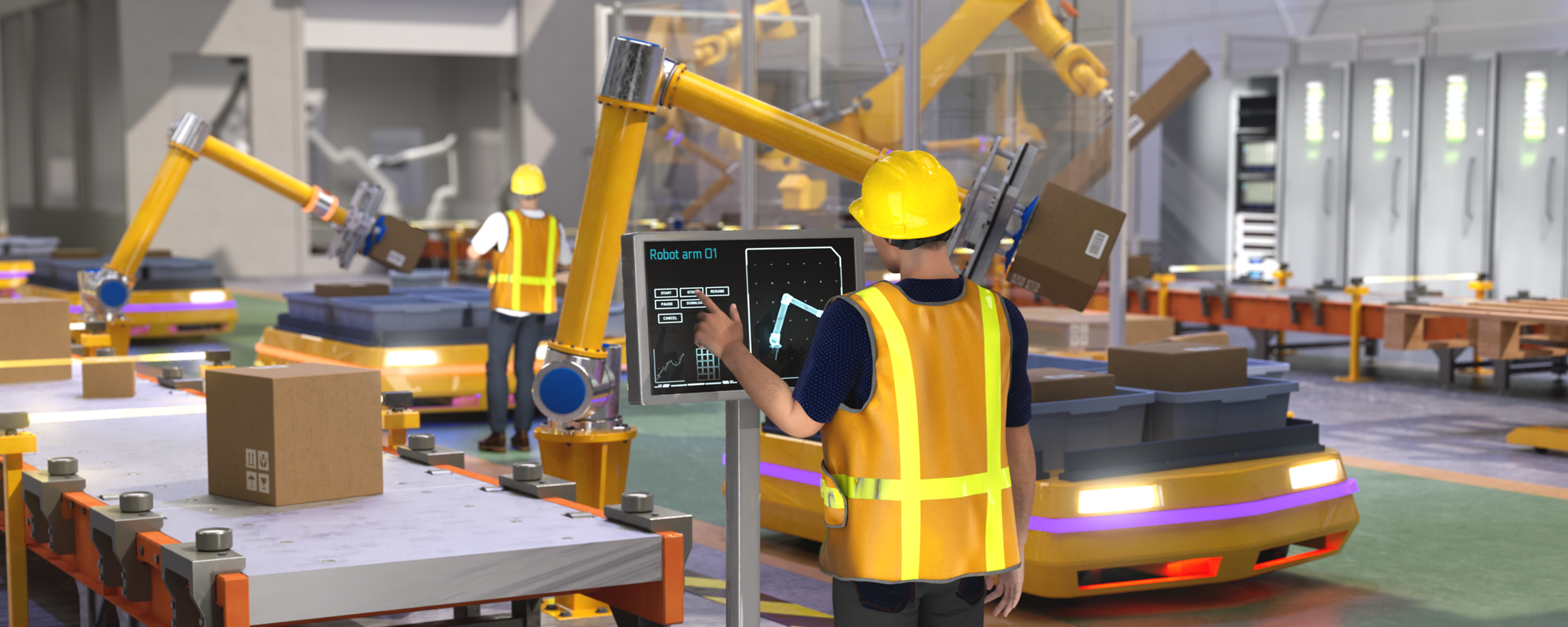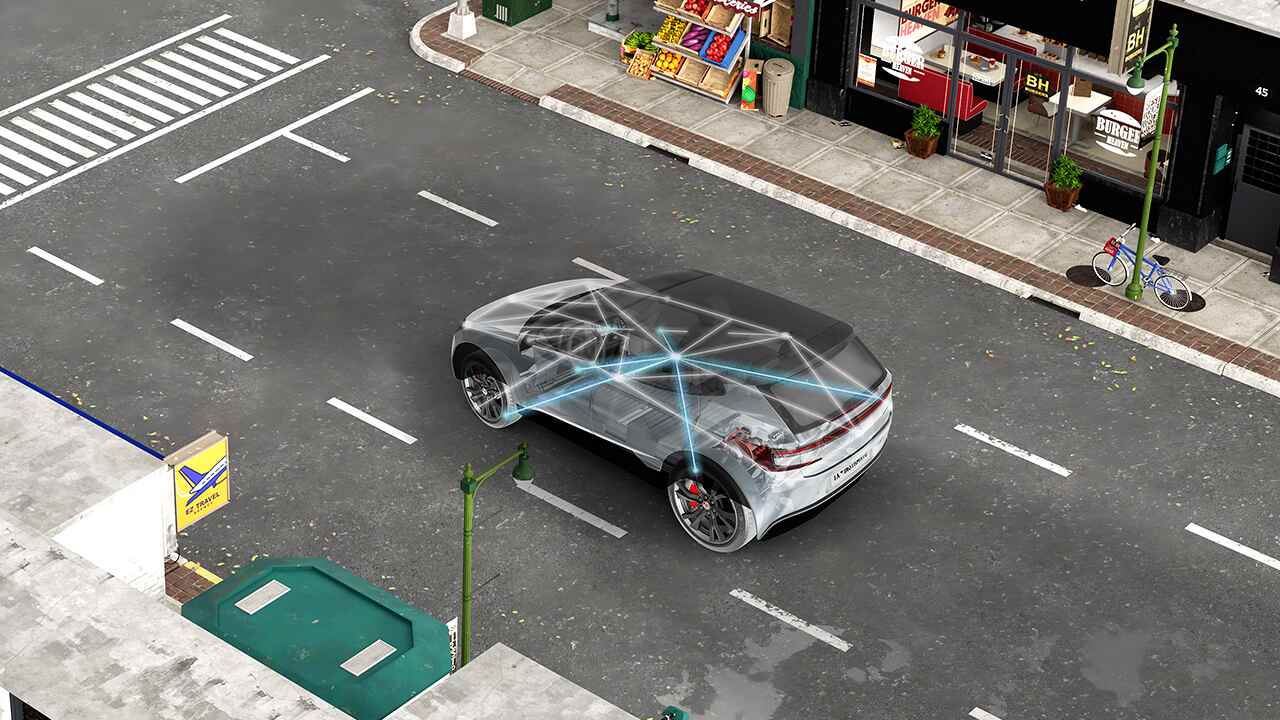Once a vision of the future, robots are helping humans become more productive, efficient and safe in almost any setting

Advancements in robotics – and the semiconductors that support them – are helping make our lives more efficient. From the factory floor to offices and even our living rooms, robotic systems are redefining our limits for productivity and reshaping how we interact with each other and our world.
“We’ve come a long way since the first industrial robot was installed more than 50 years ago,” said Matthias Thoma, robotics systems manager at our company. “Robots have become more intelligent, more precise and more responsive to their surroundings, enabling closer collaboration with humans.”
Matthias and two other robotics experts at our company – Giovanni Campanella, general manager for appliances, building and retail automation systems; and Mike Pienovi, product line manager for Arm® Cortex®-R microcontrollers – recently held a roundtable to discuss the rapid pace of innovation of robotics systems.
Here are three takeaways from our roundtable discussion about robotics trends:
1. Mobile robots are helping us reenvision the modern factory.
To meet the demands of our modern world, factories must become more efficient, better connected and safer for human operators. Advancements in mobile robotics are helping optimize existing factories while reenvisioning the factories of the future.
“Factories used to be built around large conveyor belts that moved products along an assembly line,” Matthias said. “Robotic mobile platforms can now move from station to station on the factory floor based on the configuration of the product. This reduces bottlenecks in the manufacturing process and provides more flexibility.”
These mobile robots are often tasked with autonomous navigation, sometimes close to other robots and humans. Safely navigating busy factory floors requires a combination of cameras and radar, lidar and ultrasonic sensors.
“Imagine walking into a new area blindfolded. The chances that you are going to hit something are high,” Giovanni said. “That’s exactly what robots experience without sensors. They must be equipped with a high level of environmental awareness and redundancy. And it’s not enough to only have a few sensors – robots need a combination of different sensing technologies to have the full picture of the environment.”
2. Functional safety is crucial for closer collaboration between people and robots.
While not a new robotic application, collaborative robots (cobots) continue to see more use across factories and in closer proximity to humans. Automating repetitive tasks with cobots enables increased human productivity but introduces new safety and security considerations.
“In terms of safety, a lot of ‘ownership’ of situational awareness in fast-paced factory settings has to come from robots,” Mike said. “Humans are unpredictable, so the machines operating around them need to be aware and reactive. Functional safety is an important design consideration for these systems.”
Designing cobots that can assess and respond to their environments in a safe way relies on fundamental technologies found in other robotic systems: sensors for multiple modalities that can sense accurately, precise motor control with reliable movement and real-time communications to transmit signals quickly.
3. Robots are enhancing our lives – from our living rooms to Earth’s orbit.
“Soon, it won’t be uncommon to interact with a robot when you check in at hotel or order at a restaurant,” Giovanni said. “We’re already seeing a growth of robots in nonfactory settings, the most common being vacuum robots and automated kiosks. There’s so much potential for robots to further enhance nearly every aspect of our world.”
Beyond homes and restaurants, robots are being used more in harsh environments that humans can’t access safely, such as volcanos or even in space.
They’re also making their way into more medical settings. “Robots are now doing things that require them to move more accurately," Matthias said. “For example, surgical robots are already performing minimally invasive surgery where extremely small movements are required, sometimes within a few millimeters.”
Innovative semiconductors are at the core of each new robotic application, helping enable precise and power-efficient motor control, accurate sensing, and reliable wired and wireless connectivity.
The future of robotics
With modern advancements in robotics, we’ve never been closer to a future once only thought possible in science fiction – and it’s a journey that’s just getting started. As robots become more responsive, intelligent and affordable, the potential for their application in our lives will only increase – helping people live safer, more productive lives.

